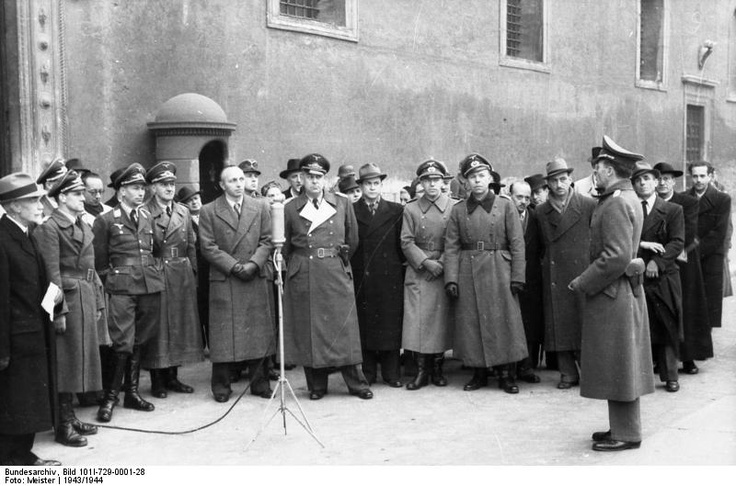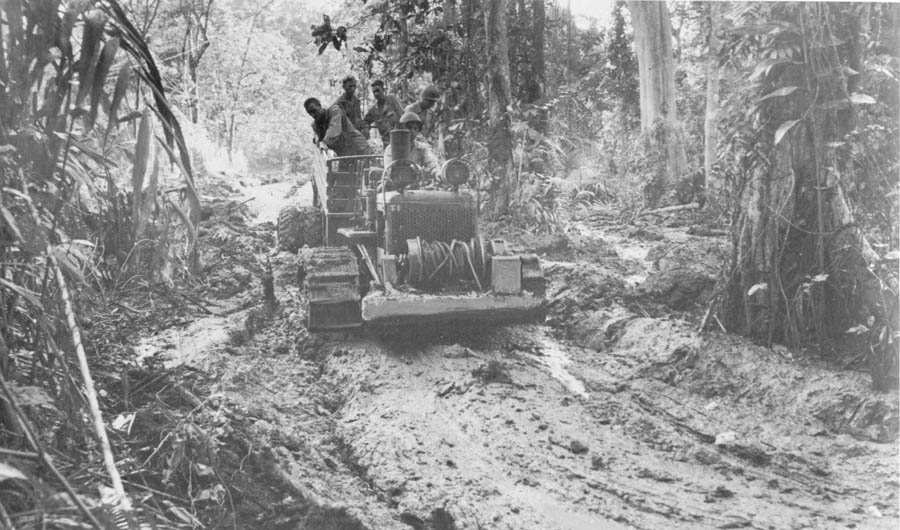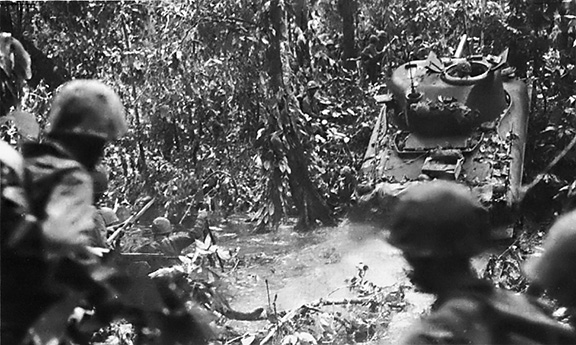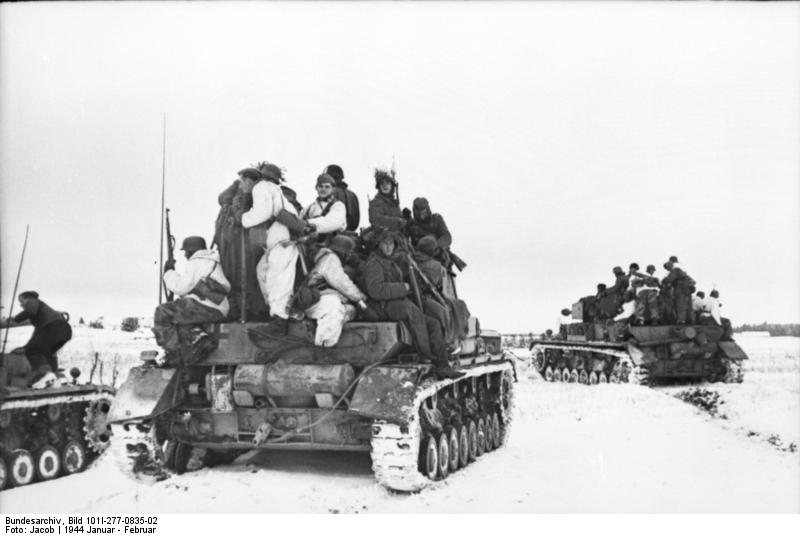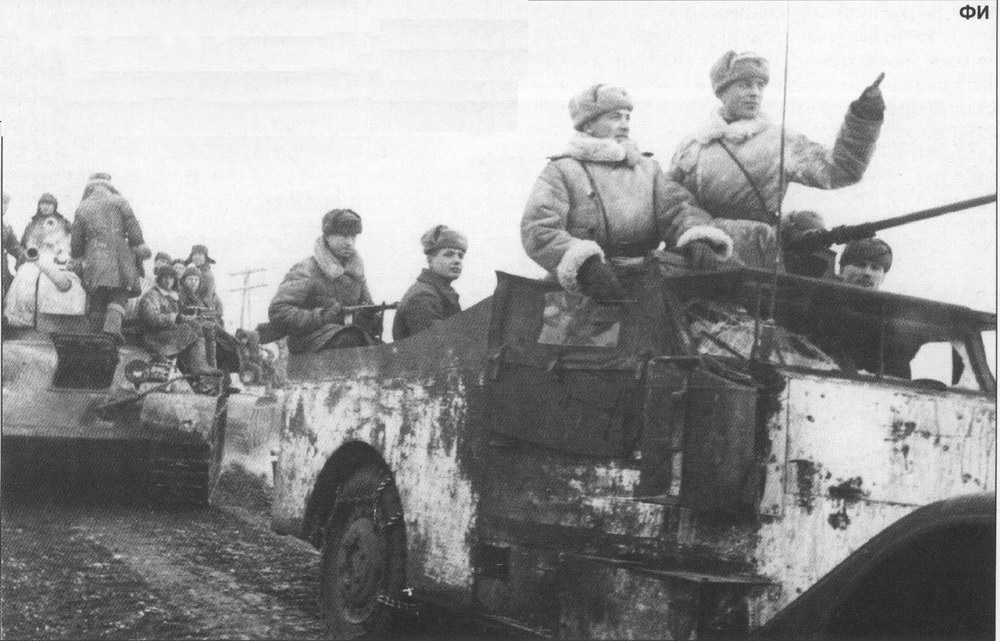Air Operations, Bismarcks
- US Navy aircraft from Task Group 37.2 attack several Japanese destroyers at Kavieng, New Ireland, but are unable to score any hits. VF-18 F6Fs and a VT-17 TBF gunner down 2 A6M Zeros and an E13A 'Jake' reconnaissance plane over Kavieng between 0930 and 0945 hours. Also, VF-18 and VF-30 F6Fs down 2 G4M 'Betty' bombers at sea near Task Group 37.2 between 1115 and 1125 hours and VF-30 F6Fs down 1 Ki-21 'Sally' bomber and 6 A6M Zeros at sea at 1437 hours. 1 F6F is lost.
- Task Group 37.2 departs the area after recovery of its aircraft.
- When the XIII Bomber Command B-24s they are to escort to Rabaul are thwarted by bad weather, more than 40 AirSols fighters based at Torokina Field on Bougainville sweep the Rabaul area.
- VMF 211, VMF-214, VMF-223, and VMF-321 F4Us and a VF-30 F6F down 10 A6M Zeros over the Rabaul area between 1205 and 1330 hours.
- V Bomber Command B-25s attack Japanese Army artillery batteries at Cape Gloucester.
- During the night, 21 RAAF Beauforts attack airfields in the Rabaul area.
Air Operations, East Indies
380th Heavy Bomb Group B-24s and V Bomber Command B-25s attack shipping targets at and near Koepang, Timor.
[Air Operations, Europe
In preparation for eventual disruptive action behind German lines, American and RAF aircraft start dropping arms and supplies of French, Belgian, Dutch and Italian partisan formations. The operation goes under the name of CARPETBAGGER.
RAF BOMBER COMMANDEvening Ops:
- 80 aircraft, including 57 Stirlings, 12 Mosquitos and 11 Lancasters, are sent to hit two flying bomb sites, one in the Pas de Calais and one at Bristillerie near Cherbourg. Both targets are effectively attacked without any loss of aircraft.
- 13 Mosquitos are sent to Berlin, 3 to Krefeld, 2 to Cologne, there are 4 RCM sorties, 40 aircraft lay mines off Lorient and Brest and there are 8 OTU sorties.
- There are no losses.
FRANCE:
- During the night, Operation CARPETBAGGER, the parchuting of agents and supplies by air to anti-Axis partisan forces in western Europe, begins with a drop by 8th Air Force special-operations B-24s over northern France. In this and numerous other clandestine missions, the supply drop takes place under the cover of a leaflet drop.
- Of 569 VIII Bomber Command heavy bombers dispatched, 313 B-17s and 132 B-24s attack the Kiel port area with more than 1,000 tons of bombes. 7 B-17s and 34 B-24s attack various targets of opportunity.
- 17 heavy bombers and their crews are lost
- Fighter support for the Kiel mission consistes of 70 P-38s of the 20th and 55th Fighter Groups and 42 P-51s of the 354th Fighter Group. Several Luftwaffe are damaged over the target by USAAF fighters. A 354th Fighter Group P-51 downs a Ju-88 over Kiel at 1224 hours.
- 1 P-38 and 1 P-51 are lost
- 68 3rd Bomb Division B-17s attack the city of Munster.
- 2 B-17s are lost in a collision over Germany
- Fighter support for the Munster mission consists of 430 VIII Fighter Command P-47s from 9 fighter groups. 7 Luftwaffe are downed by P-47s over northern Germany and Belgium between 1030 and 1100 hours.
FRANCE:
- Despite poor weather and visibility, 253 IX Bomber Command B-17s attack V-weapons sites in France.
YUGOSLAVIA:
- XII Bomber Command B-25s attack Brodac and the marshalling yard and town at Travnik.
BULGARIA:
- A force of 108 15th Air Force B-17s briefed for an attack against marshalling yards at Sofia is forced to abort due to cloud cover over the target. 40 of the B-17s. however, drop about 81 tons of bombs on the rail lines around Dupnica.
Air Operations, Marshalls
During the night, 18 VII Bomber Command B-24s passing through Hawkins Field on Betio sow mines in the shipping channel giving access to Emidj Island in the Jaluit Atoll. This results in the withdrawal of Japanese shipping and all but one seaplane.
[Air Operations, New Guinea
More than 100 V Bomber Command B-24s, B-25s, and B-26s attack Alexishafen, Bogadjim, Finschhafen, Madang, and ground targets near Saidor.
[Air Operations, Solomons
XIII Bomber Command B-24s attack the seaplane base and supply dumps at Sohano Island. 42nd Medium Bomb Group B-25s attack Chabai and Tonolei Harbor. and US Navy PVs and AirSols fighters attack numerous targets on Bougainville.
[Atlantic
The last German blockade-runner, Rio Grande, is sunk by the US destroyer Jouett (DD-396) and cruiser Omaha (CL-4) en route to the Far East.
[Eastern Front
The Soviet offensive in the Ukraine continues with the capture of Belaya Tserkov, a railway town south of Kiev and then push on in the direction of Uman. The Russians cross the Polish frontier near Olevsk.
SOUTHERN SECTORAfter a 4-day battle the 27th Army takes Belaya Tserkov. A rapid advance by the 60th Army pushes the LIX Corps back upon Rovno.
[Germany, Home Front
German school children are mobilized for war-related duty.
[Italy
In the US 5th Army's British X Coprs area, in preparation for the attack on Cedro Hill, the 138th Brigade of the 46th Division establishes a bridgehead across the Peccia River against strong opposition. In the II Corps area, the 1st SSF gains positions on the ridge southeast of Monte Majo, overrunning Hill 775 and Monte Arcalone. Other elements of the II Corps move forward to the line of departure for the main offensive, overcoming some opposition en route.
[New Britain
After a 15-minute artillery preparation and with the help of engineers using bulldozers to plow over the seep banks of Suicide Creek creating an improvised dam, the 3rd Battalion, 7th Marines, and 3rd Battalion, 5th Marines, overwhelm the Japanese defenses. The 3/7 Marines tie in with the 1/7 Marines on the left flank, and 2/7 Marines moves to lengthen the line to the west, joining the 3/5 Marines. They destroy many Japanese positions and advance south from the Cape Gloucester beachhead to reach the line of the Aogiril stream.
[New Guinea
Patrol activity by the American units landed on Saidor. The Australians units advancing from Finschhafen reach Cape King William, 15 miles from Sio, where the Japanese survivors from Lae have take refuge.
[New Ireland
Sherman's carrier group attacks Japanese shipping in Kavieng harbor yet again. The Japanese destroyer Fumitsuki is damaged.
[Occupied Greece
3 quisling P.M.s are deprived of their nationality by the exiled King.
[Pacific
- The US submarines Bluefish (SS-222) and Rasher (SS-269) attack a Japanese convoy off the coast of French Indochina. Bluefish sinks the merchant tanker Hakko Maru (6046t) and Rasher damages the tanker Kiyo Maru (7251t).
- The US submarine Cabrilla (SS-288) sinks the Japanese merchant cargo ship No. 8 Tamon Maru (2705t) off Cape Padaran, French Indochina.
- The US submarine Tautog (SS-199), despite the presence of two escort vessels, sinks the Japanese merchant cargo ship Usa Maru (3943t) off southern Honshu.
Images from January 4, 1944
|
|
|
|
|
|

